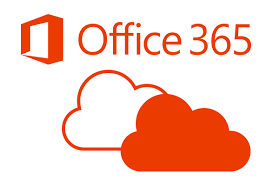From an admin perspective
to achieve this without logging on as the user in question, there are a few options.
If only one mailbox is in question, or just a few, this first approach is by far the simplest.
Step one is then to grant admin full access to the mailbox in question.
Then, by using the Outlook client you will get access to the mailbox listed underneath your own(automapping), and you can use the export to a file functionality.
This approach preserves the folder types and objects as it currently is.
Another approach is the eDiscovery. this is really for working with objects and not the data as in Outlook.
To put this simple, if you export with eDiscovery, you will get a PST with the “Top of information store” and all the object within this are type IPM.mail
This creates an issue if your plan is to import the PST to a fully functional Outlook client.
Anyways, so to perform an PST export from 365 MS wants us to use the fairly new “Security & Compliance” site at https://protection.office.com
The steps are as follows:
Grant yourself the necessary permission, by going to “Permission”, “eDiscovery Manager” and add your user to the “eDiscovery Administrator” role.
Then, (and not before) create your search query at “Search & Investigation” and “eDiscovery”
Create the “Case” which is fairly straight forward. There are lots of filtering options if desired. (Really, the filtering options here is really what eDiscovery is about.)
Click on your newly created Case by clicking at the “down” arrow above and choose “Export the results”
Go to Exports (still in your Case) and check the status at the cloud side export.
Once finished you will see the link “Download exported results”
This gives you a download link and an export key
The download link triggers an export tool plugin at the browser. !NB: this requires .NET framework 4.5 or newer!
And finally your long wanted PST is downloaded.
Pew! All those damn windows, what a bad GUI! It was all so much easier with a small Powershell script on Exchange 2010 on-premises.
Cloud is not allways the better way ,-at least from an admin point of view.

Additional tip; a tool for changing folder IPM types etc, you can use MFCMAPI from Codeplex: https://mfcmapi.codeplex.com/



